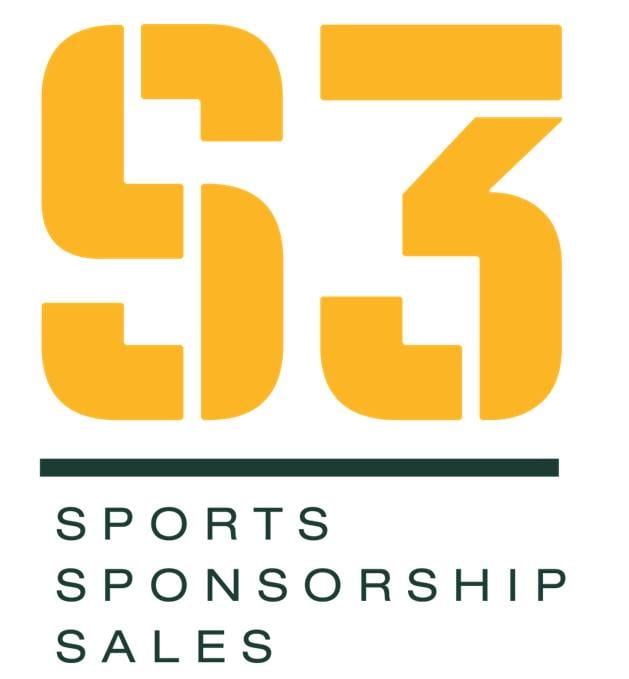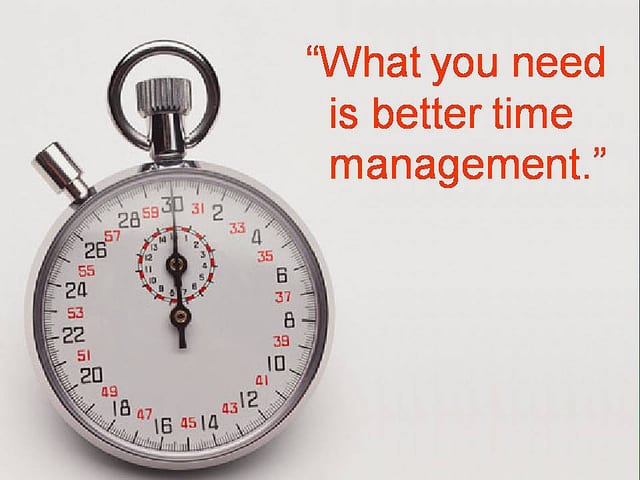by Kirk Wakefield – June 2015 Careers in Sports The Baylor Sports Sponsorship & Sales (S3) program graduated 30 students in the 2015 class. Two, Erin O’Neill and Travis Roeder, opted to pursue law degrees at Tulane and Alabama, respectively. We congratulate them and the others in the 2015 class with this slide show highlighting their…Continue Reading Who went where: S3 Graduate & Internship Placement 2015
Who went where: S3 Graduate & Internship Placement 2015


